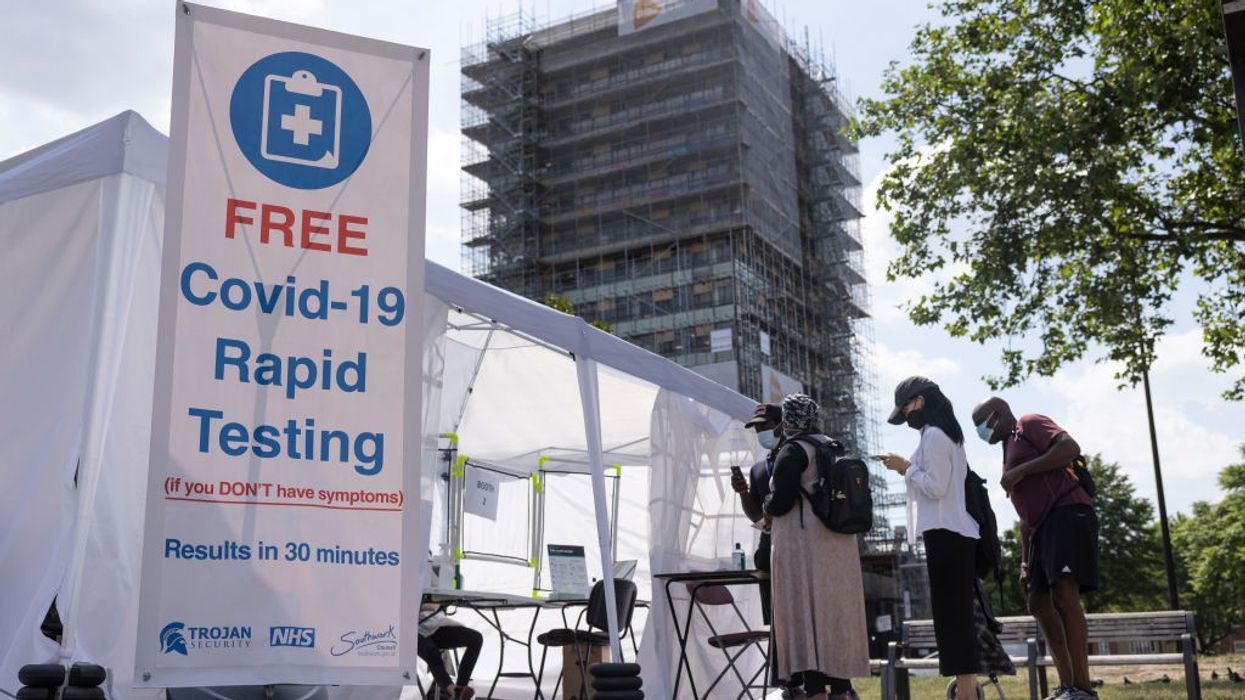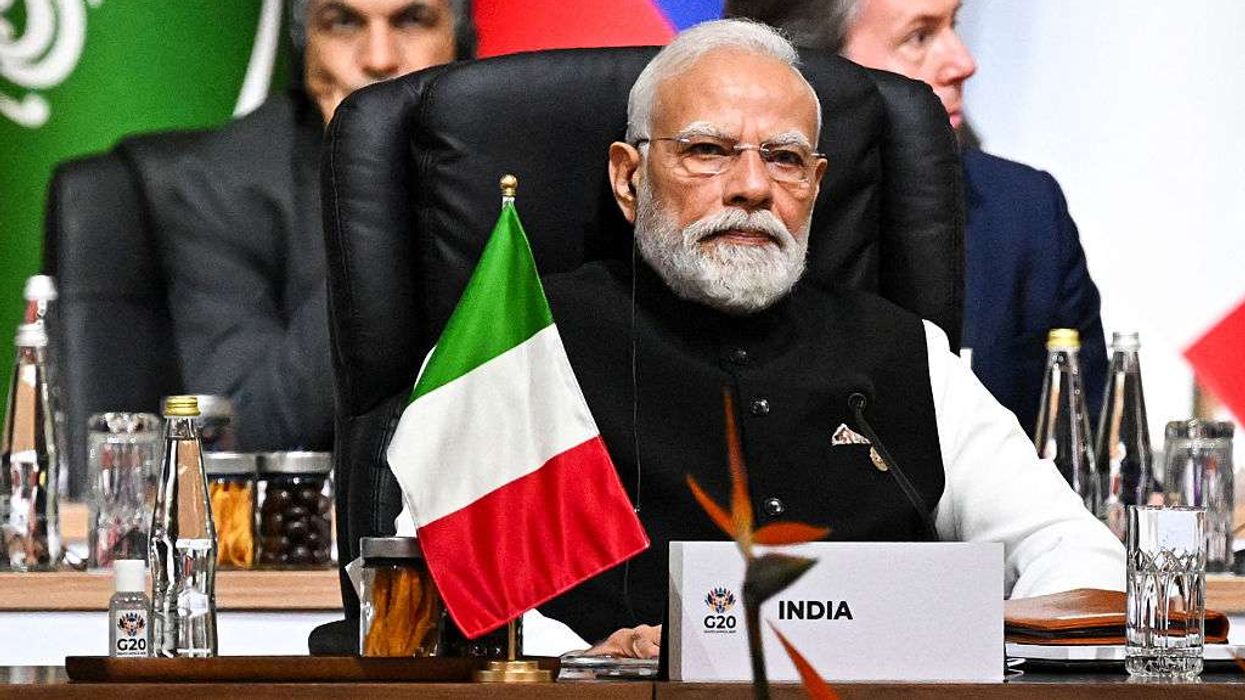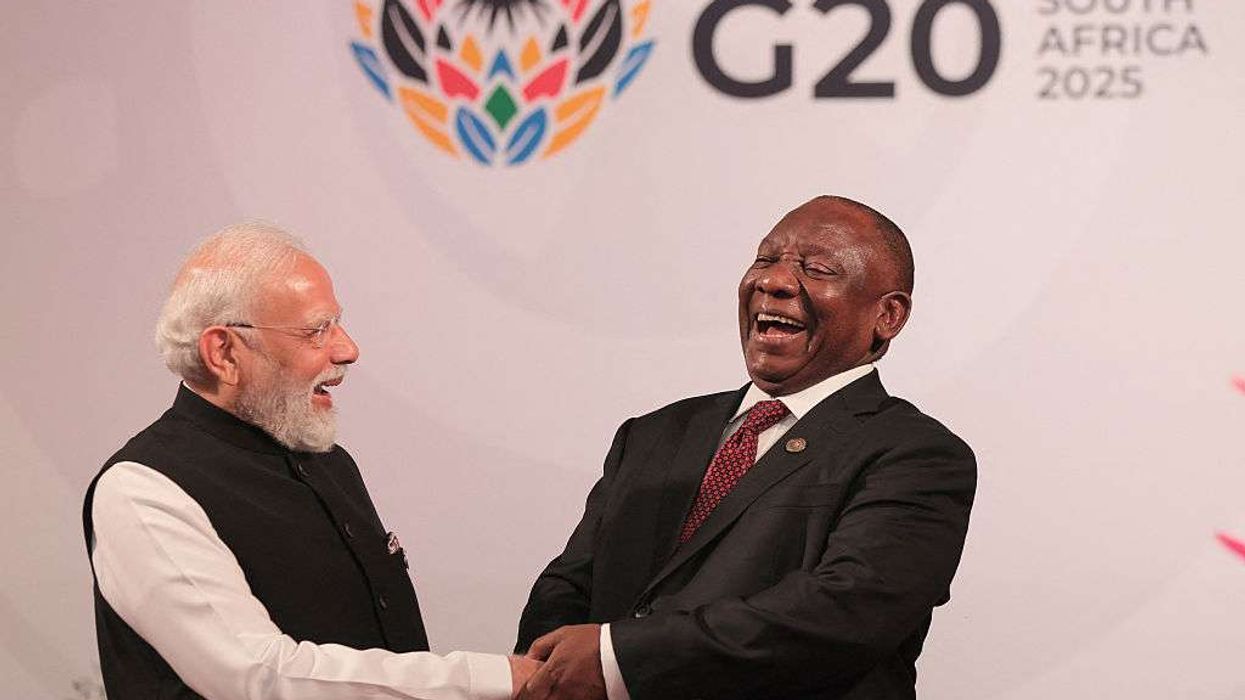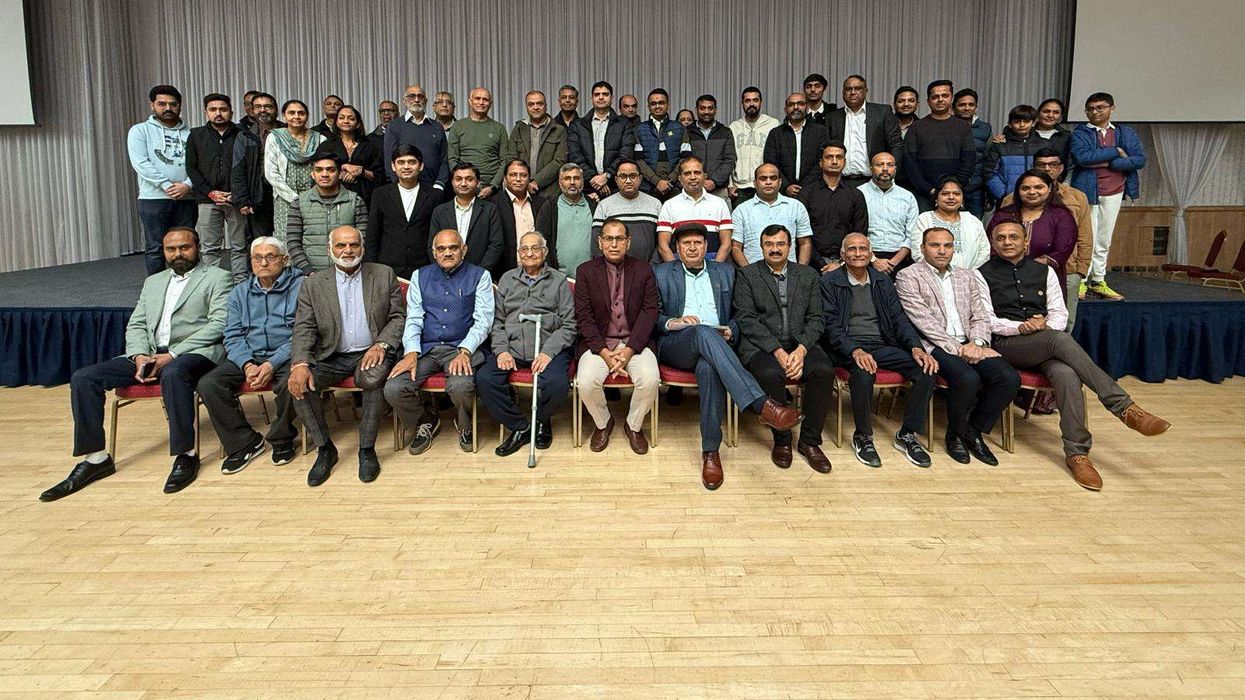FULLY vaccinated passengers from 24 October, mostly under-18s, arriving in England from countries not on the red list can now take the cheaper lateral flow test instead of a PCR test.
They can book for the test from 22 October, on or before day two of their arrival in the UK.
Eligible travellers will be able to order cheaper lateral flow tests from private testing providers as an alternative to a PCR, offering faster results. The list of approved private providers will go live on GOV.UK on 22 October.
Passengers will need to take a photo of their lateral flow test and booking reference supplied by the private provider and send it back to them to verify the result. Passengers will also be able to book to have a test, which they can take on their arrival into the UK at testing centres located at some airports.
Those having already bought a PCR do not need to buy another test. The arrival test must be taken as soon as possible on or before the second day of a passenger’s arrival in the UK.
Lateral flow tests for international travel must be purchased from a private provider as NHS Test and Trace tests cannot be used for international travel.
The government is able to make this change due to the success of the vaccination programme both in the UK and around the world.
Anyone who tests positive will need to self-isolate and take a confirmatory PCR test. PCR tests can be accessed free of charge by ordering in the usual way through NHS Test and Trace or by calling 119.
Health secretary Sajid Javid said: “We want to make going abroad easier and cheaper, whether you’re travelling for work or visiting friends and family.
“Lateral flow tests will be available later this month for those returning from half term holidays.
“This change to testing is only possible thanks to the incredible progress of our vaccination programme, which means we can safely open up travel as we learn to live with the virus.”






 South African president Cyril Ramaphosa (R) welcomes Indian prime minister Narendra Modi as he arrives for the opening of the G20 Leaders' Summit at the Nasrec Expo Centre in Johannesburg on November 22, 2025. (Photo by Halden KROG / POOL / AFP via Getty Images)
South African president Cyril Ramaphosa (R) welcomes Indian prime minister Narendra Modi as he arrives for the opening of the G20 Leaders' Summit at the Nasrec Expo Centre in Johannesburg on November 22, 2025. (Photo by Halden KROG / POOL / AFP via Getty Images)






